Focus
Focus
Focus
Category Facet
Custom Facet
Search Results
-
Web Content Article · By LUCIA ALGISI On Nov 26, 2025 7:42 PM
Data for innovation, people for value From silos to connected ecosystems: introducing Hera Mesh Hera has embarked on an ambitious journey to become a data-driven company, making the most of its...
Categoria Progetto: Innovation -
Web Content Article · By ANDREA GUERCI On Nov 26, 2025 7:02 PM
no
-
Web Content Article · By Giulia Lo Faro On Nov 7, 2025 11:57 AM
Technological solutions that leverage artificial intelligence, data analytics and remote monitoring systems to make our distribution infrastructure more efficient and safer.
Innovation Categories: Remote Control AI & Process automation -
Web Content Article · By Onofrio Mario Abate On Nov 6, 2025 5:35 PM
Innovative initiatives to generate renewable energy without additional land take and to support the energy transition and decarbonisation.
Innovation Categories: Decarbonisation -
Web Content Article · By Onofrio Mario Abate On Nov 6, 2025 4:07 PM
Wastewater management is undergoing a profound transformation. With increasingly resilient purification systems and technologies that enable reuse, the integrated water service is evolving towards...
Categoria Progetto: Water Project -
Web Content Article · By Onofrio Mario Abate On Nov 6, 2025 3:04 PM
The plant removes any micropollutants from water using innovative materials resulting from the recovery of waste products from the biomedical industry.
Categoria Progetto: Water Project -
Web Content Article · By Onofrio Mario Abate On Nov 6, 2025 2:43 PM
The Hera Group has been entrusted with completing the surveys and the digital modelling of the urban sewer and drainage systems serving the municipalities across the province of Ravenna.
Categoria Progetto: Water Project Innovation Categories: Digitalisation -
Web Content Article · By Antonio Filippone On Nov 6, 2025 12:15 PM
High output, low environmental impact: a genuinely circular facility, among the most innovative in Europe and a model for the whole industrial sector, promoting shorter and more sustainable value...
Categoria Progetto: Innovation Innovation Categories: Regeneration of resources -
Web Content Article · By Giulia Lo Faro On Nov 6, 2025 11:09 AM
Boosting risk prevention and the resilience of distribution infrastructure improves efficiency and service quality, and helps to enable the energy transition.
predictive technologies Categoria Progetto: Innovation Innovation Categories: Predictive technologies -
Web Content Article · By Antonio Filippone On Jul 21, 2025 4:03 PM
Expanding fibre coverage in industrial areas and boosting data centre services: a growing offering for businesses and individuals.
Categoria Progetto: Innovation Innovation Categories: Remote Control -
Web Content Article · By Antonio Filippone On Jul 21, 2025 3:43 PM
A project developed in partnership with Aliplast and Idrotherm 2000 involves the use of recycled plastic to produce pipes for electricity and sewer networks.
Innovation Categories: Regeneration of resources -
Web Content Article · By Antonio Filippone On Jul 21, 2025 3:20 PM
In Bologna, we will build the new SynBioS plant – a cutting-edge solution of international relevance in the field of clean energy – to convert renewable electricity into synthetic natural gas and...
Categoria Progetto: Energy Efficiency Innovation Categories: Energy -
Web Content Article · By Antonio Filippone On Jul 21, 2025 2:47 PM
From carbon footprint monitoring to transforming plastic into an endlessly recyclable resource. This is how, together with Aliplast, we are committing to the transition to a circular economy.
Categoria Progetto: Innovation Innovation Categories: Regeneration of resources -
Web Content Article · By LUCIA ALGISI On Dec 18, 2024 11:20 PM
The connection between the water cycle and agriculture has grown increasingly strong over the years, based on a straightforward principle
Categoria Progetto: Innovation Water Project -
Web Content Article · By LUCIA ALGISI On Nov 29, 2023 2:30 PM
Early warning system with innovative FingerPrint technology to ensure safe water
Categoria Progetto: Innovation Water Project -
Web Content Article · By LUCIA ALGISI On Nov 29, 2023 2:35 PM
Discover the project for “removing and capturing” microcontaminants with recycled materials
Categoria Progetto: Innovation Water Project -
Web Content Article · By LUCIA ALGISI On Nov 29, 2023 12:05 PM
Hera continues experimentation of the innovative, fast and low-cost contactless system that uses space technology to detect water leaks in the network more quickly and productively
cosmicrays Categoria Progetto: Innovation Water Project -
Web Content Article · By LUCIA ALGISI On Nov 29, 2023 12:21 PM
The pilot project involving the installation of Kamstrup meters was carried out in Conselice, near Ravenna, and yielded excellent results. The tests now continue in Modena, covering a larger area
Categoria Progetto: Innovation Water Project -
Web Content Article On Mar 8, 2021 1:42 PM
Smarty, The new line of waste containers smarty.png no
-
Web Content Article On Mar 8, 2021 1:41 PM
Waste-to-energy plants: a resource for the circular economy waste-to-energy.png no /-/waste-to-energy-plants-a-resource-for-the-circular-economy
Asset Publisher
A revolution rooted in the circular economy: thanks to separate waste collection, organic waste is fed into an anaerobic digestion process to produce biogas.
Biomethane: a clean resource of biological origin
So, what makes this source of methane “bio”? Quite simply, it’s how it is produced: not by drilling into deep underground deposits, but by fermenting organic waste in dedicated facilities. Biomethane can be produced continuously, it is inexhaustible, and production can be increased simply by building more plants. This makes it one of the clearest examples of a circular economy.
In Spilamberto, a biodigester converted into a biomethane plant
An innovative plant for the production of biomethane is in operation in Spilamberto, in the province of Modena. It was developed by the NewCo Biorg, a joint venture between the Hera Group and Inalca (Cremonini Group), through a total investment of around €28 million and the use of the best available technologies.
Starting from separately collected organic waste and agri-food effluents, the plant – the result of converting an old biodigester – produces, at full capacity, 3.7 million cubic metres of biomethane per year, a 100% renewable fuel intended for transport, and around 18,000 tonnes of compost.
A cutting-edge plant for the energy transition and the circular economy
The 100% renewable natural gas is produced through anaerobic digestion of organic waste from separate collection carried out mainly in Modena and the province, along with waste from local agri-food processing and meat production by Inalca. Once refined, it becomes biomethane and can be fed into the gas network.
Significant environmental benefits: around 7,000 tonnes of CO₂ avoided
Thanks to the injection of biomethane into the network and its use in transport, significant environmental benefits are expected. Every year, around 3,000 tonnes of oil equivalent (TOE) in fossil fuels are saved, and approximately 7,000 tonnes of CO₂ emissions are avoided. Absorbing such an amount of CO₂ would require, on average, 280,000 trees.
What happens in our plant in Sant'Agata
Organic waste, collected through separate waste collection, undergoes anaerobic digestion to produce biogas. This is how the process works: the waste is shredded and screened, then remains for about 21 days in four horizontal digesters, where suitable microorganisms carry out the digestion process and produce biogas (composed of methane and carbon dioxide). After this, the biogas undergoes an upgrading, or purification, phase using pressurised water: the carbon dioxide dissolves and separates from the methane. The result is biomethane, a gas with a methane content above 95%, and a completely renewable source of energy. Not only that: at the end of the digestion process, lignocellulosic material is added to the outgoing solid fraction, producing a compact mass that then undergoes composting to create high-quality compost, which can be used as potting soil or agricultural fertiliser.
Biomethane is therefore another revolution rooted in the circular economy, one that we at Hera Group are committed to advancing. We do all this with the goal of creating shared value, as Andrea Ramonda, CEO of Herambiente, emphasises: “The direction we have taken looks towards the industrial sector with an increasing focus to creating shared value and partnerships. We are aware that sustainable waste management, focused on recovery and in full compliance with regulations, is essential in today’s world and generates benefits for the entire community.”
Working together for a circular city
At Hera Group, we have joined forces with Bologna Airport and Tper to launch a circular economy project that contributes to decarbonising urban mobility and improving air quality.
What does this partnership involve? The Airport delivers its organic waste to Hera, which collects it at the Sant'Agata Bolognese plant together with similar waste produced by citizens and transforms it into biomethane that Tper purchases to feed the fuel tanks of a significant part of its bus fleet.
This is an important step forward for our Group and for two major organisations in our area, which, like us, serve hundreds of thousands of people. We share a commitment to improvement and sustainability, in line with the UN 2030 Agenda.
Cookies disabled - content not available
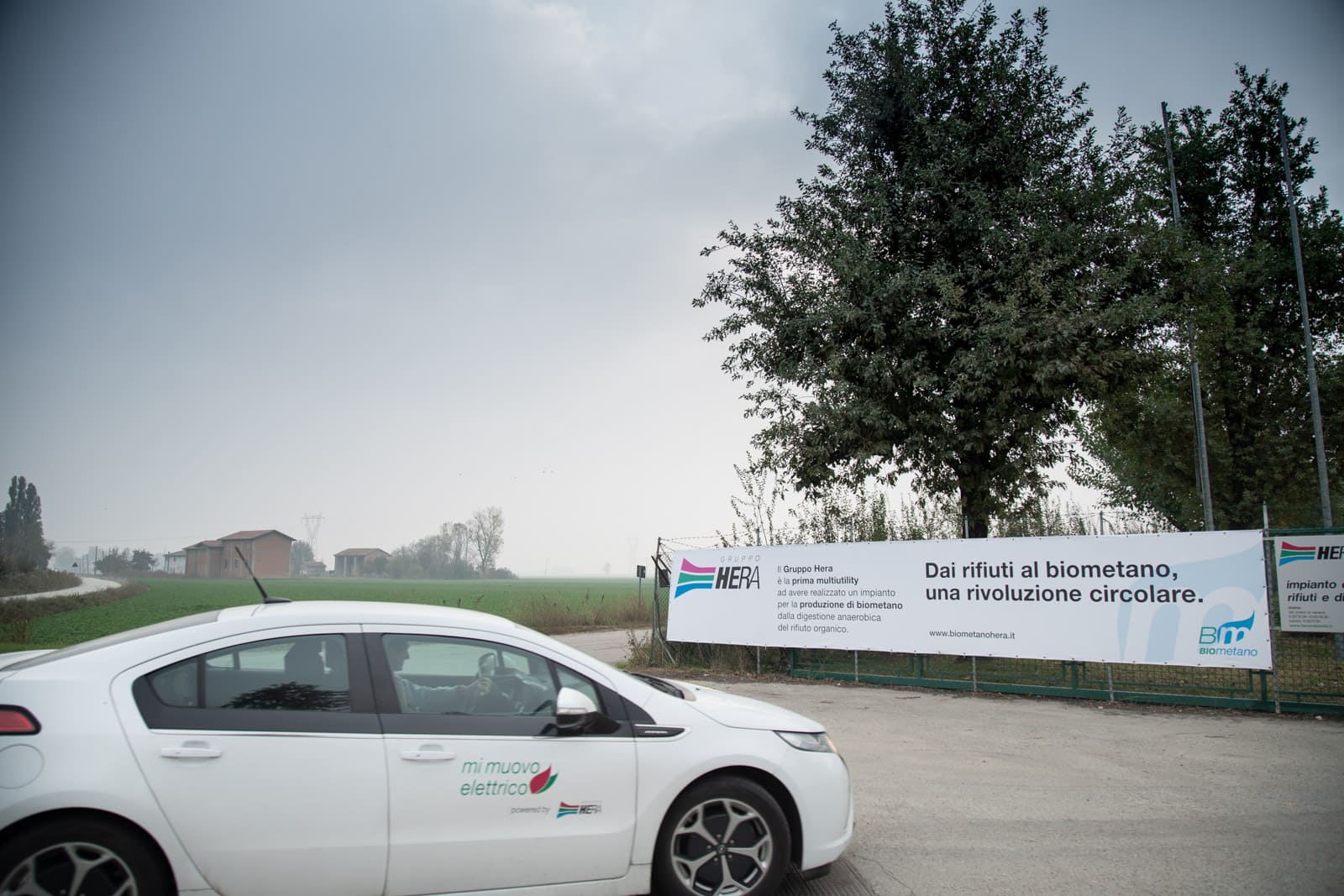
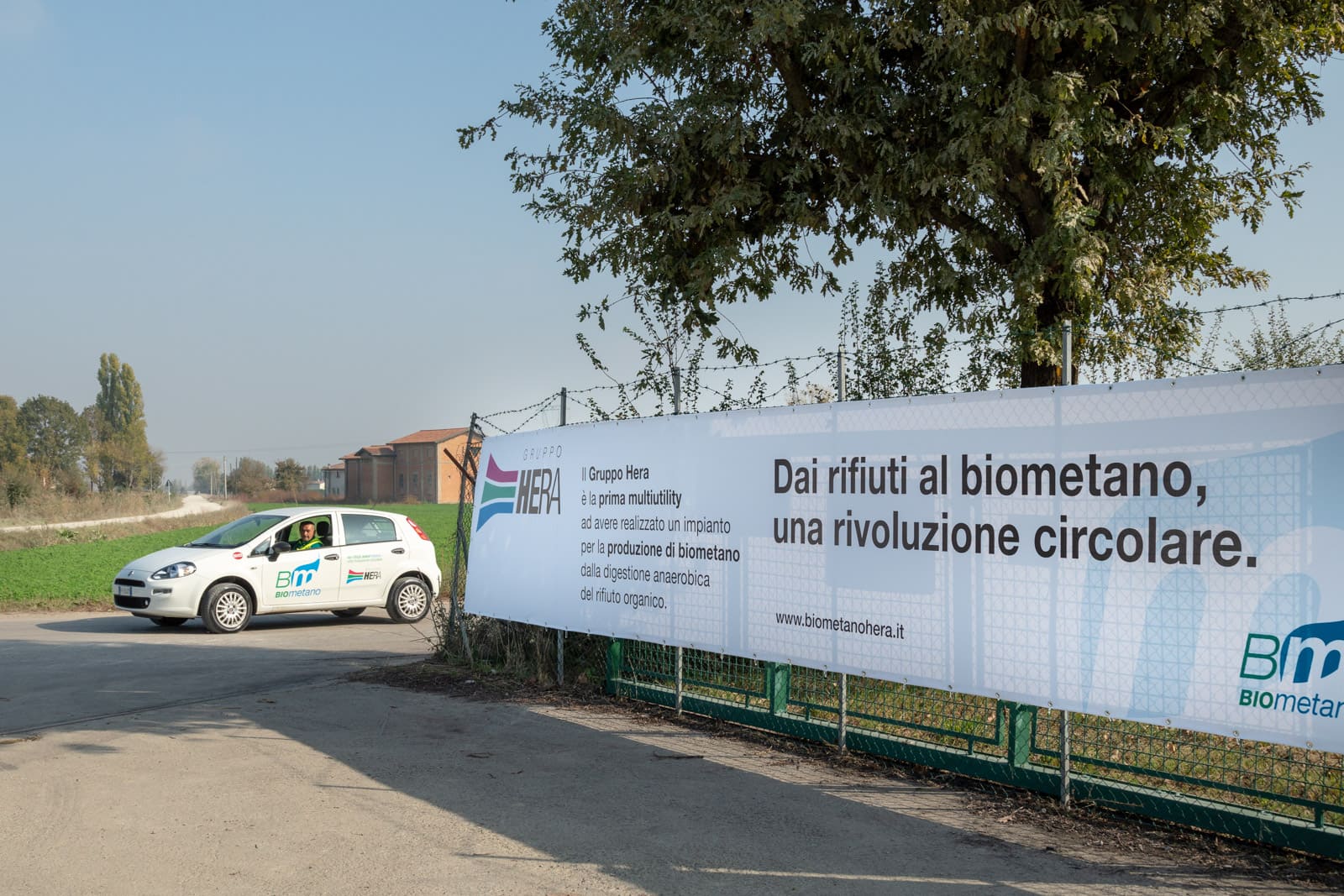
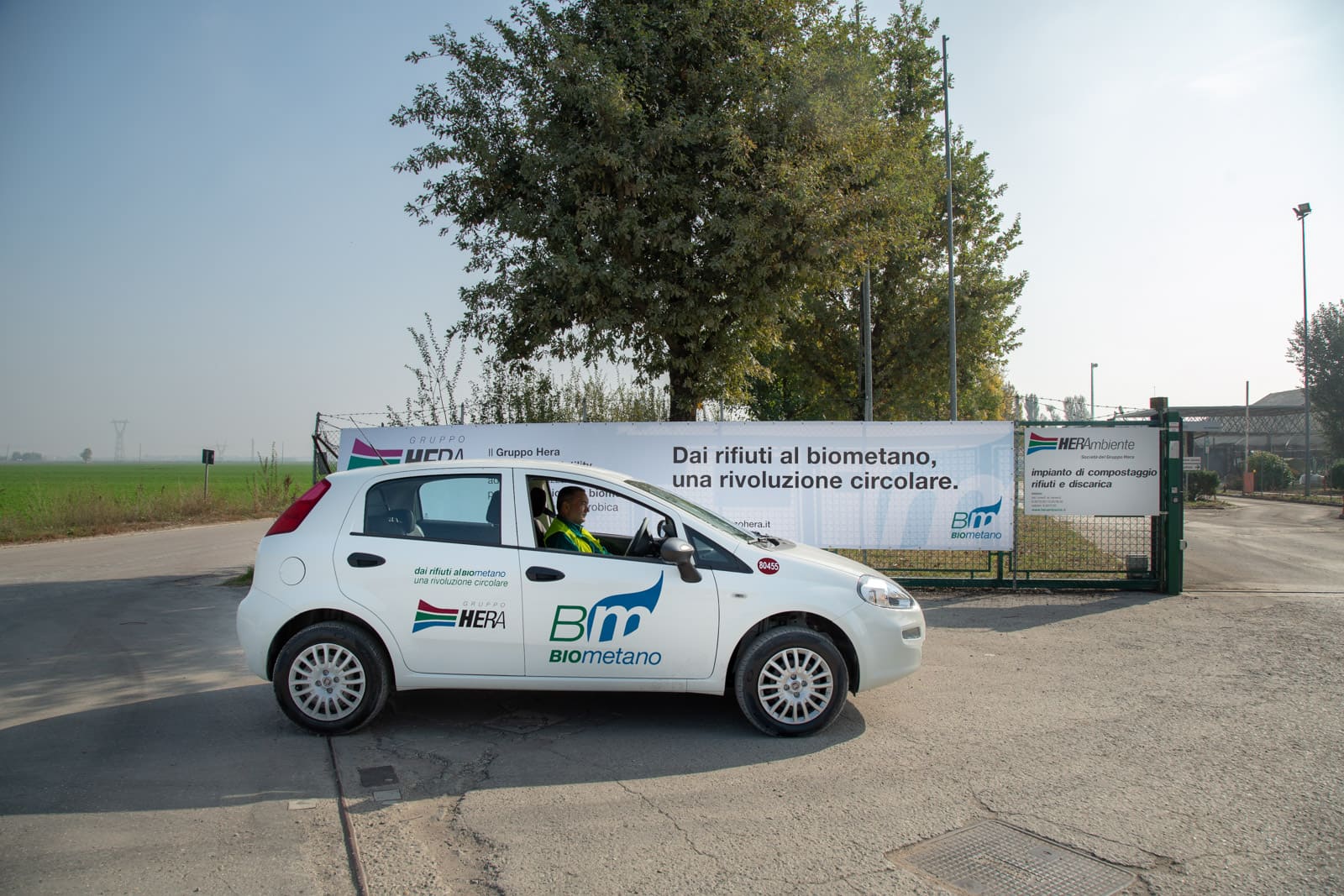
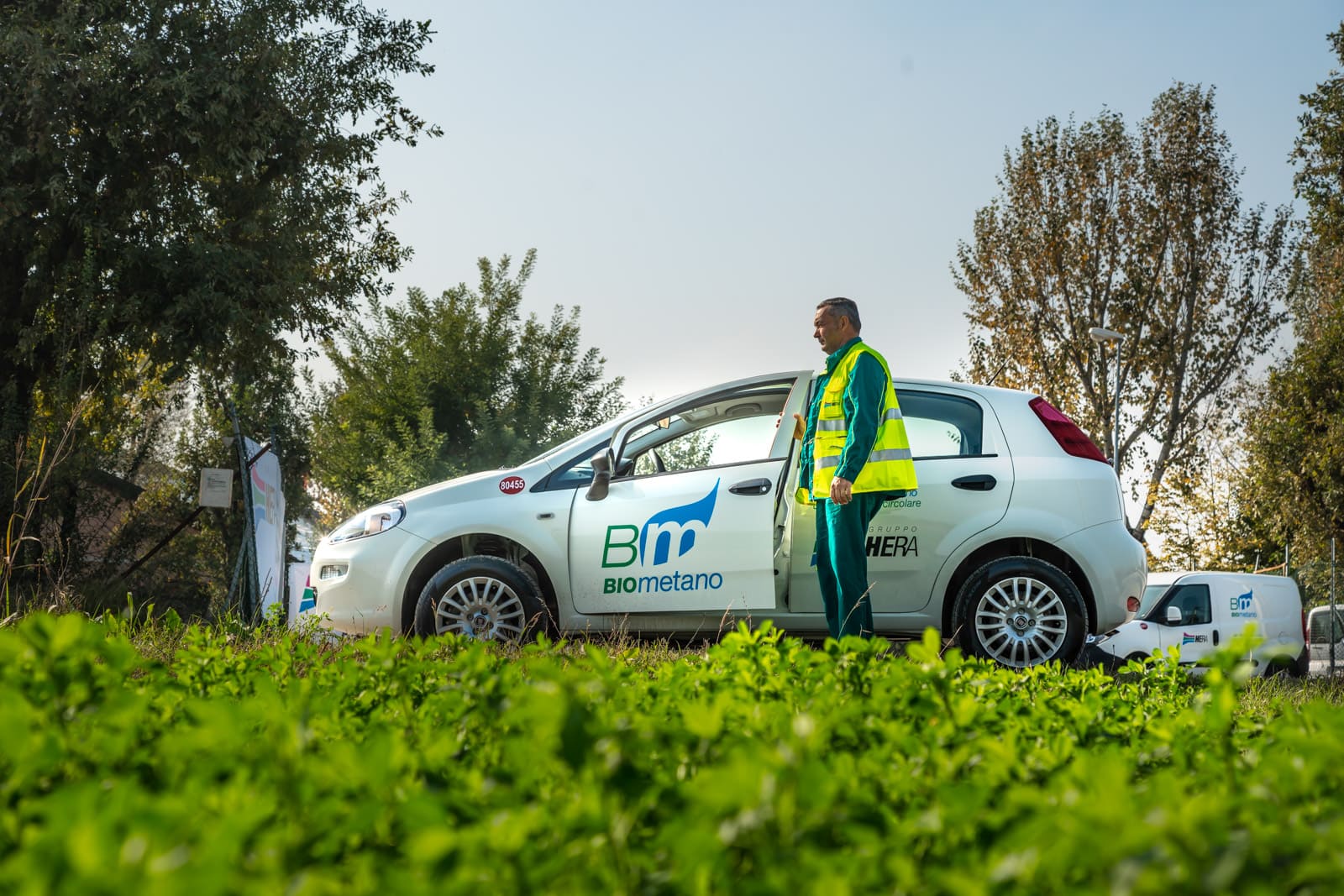
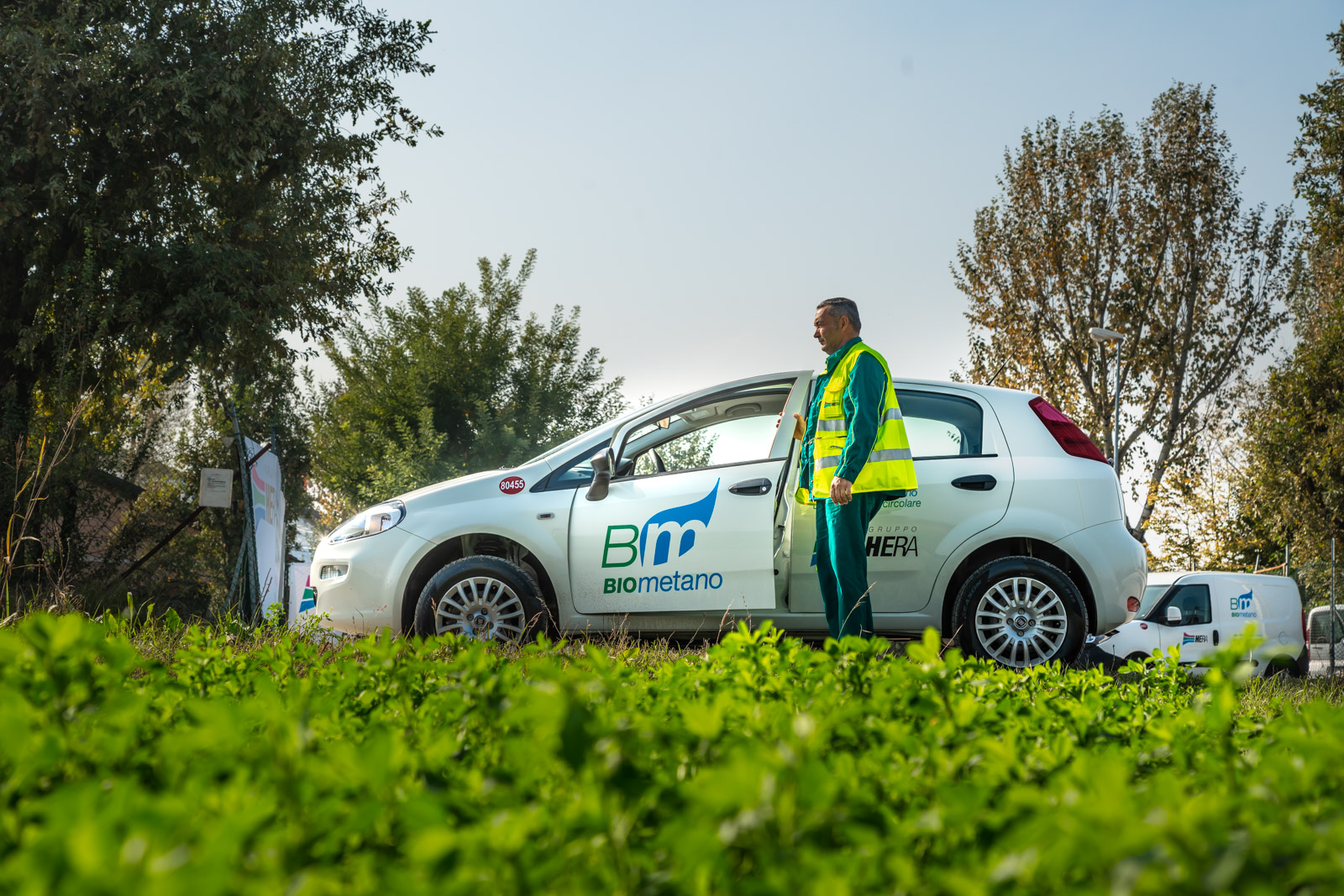
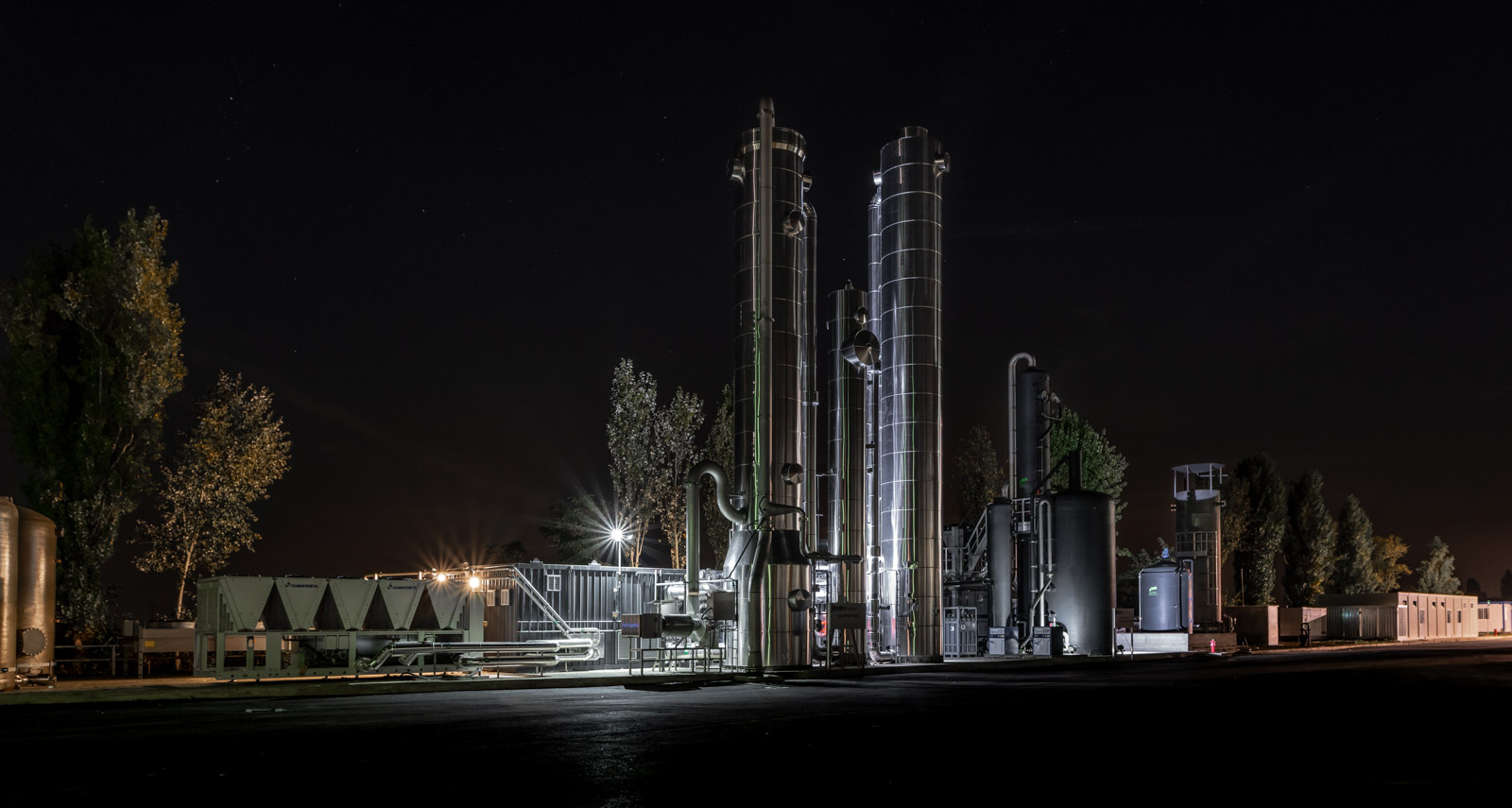
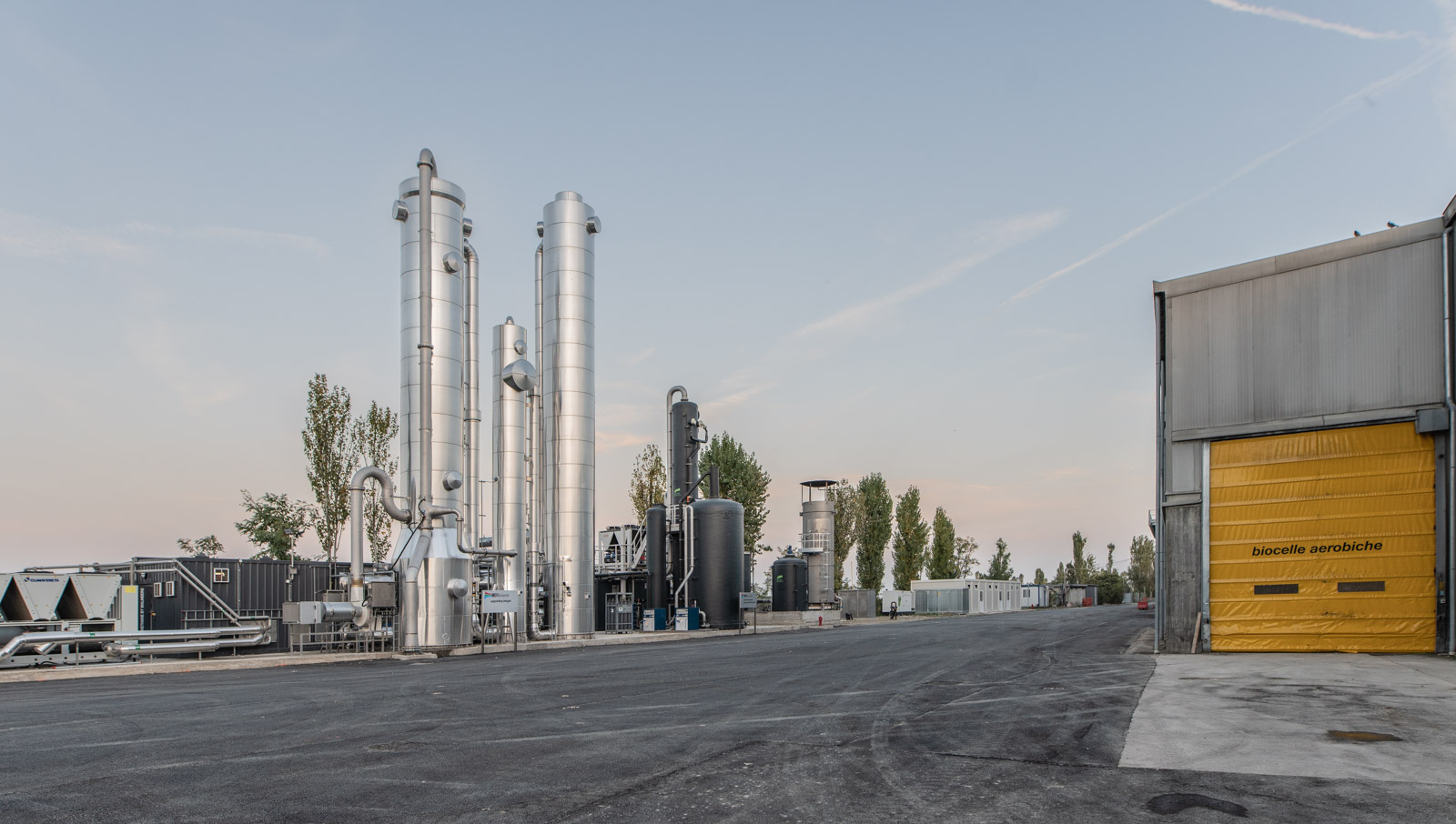
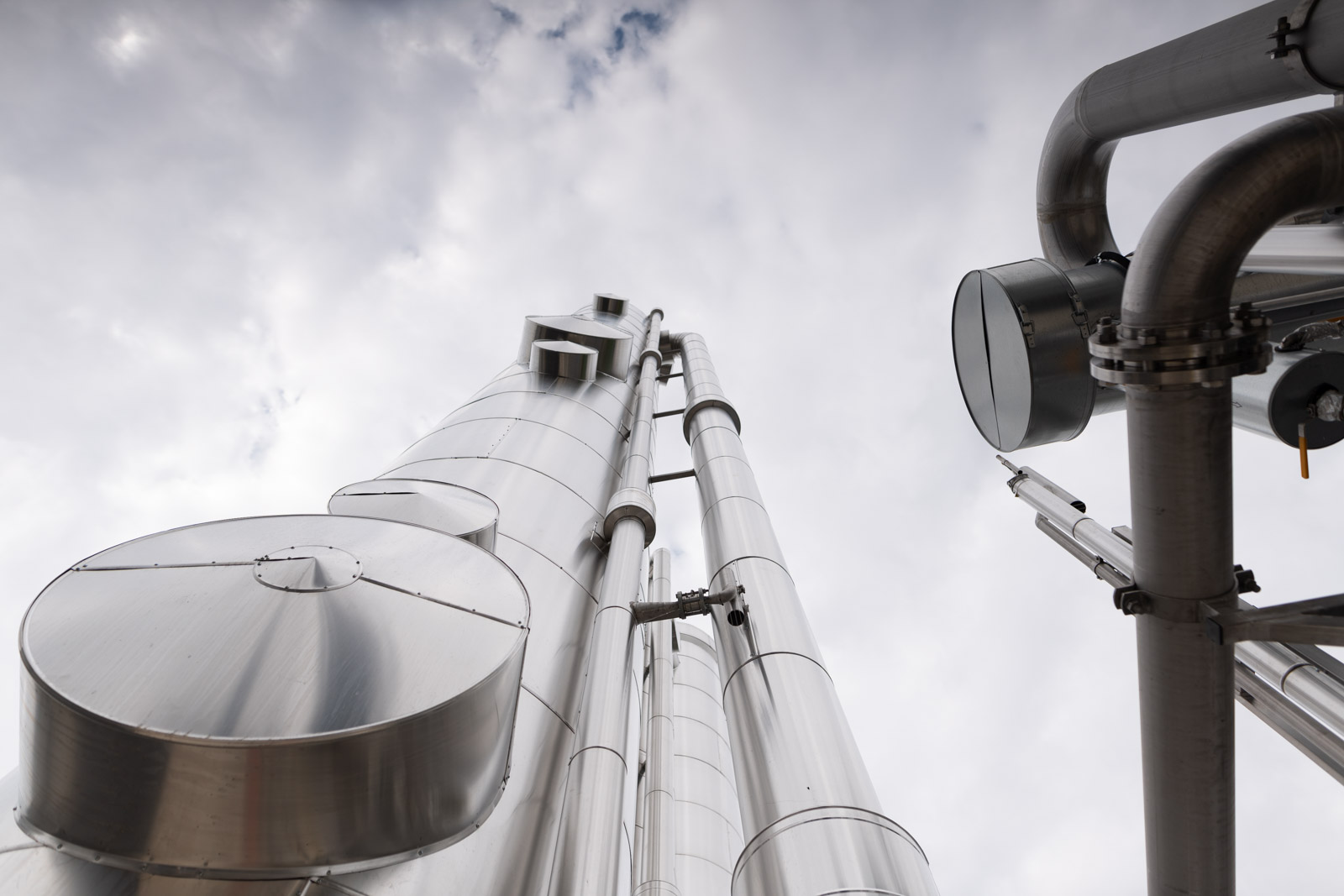
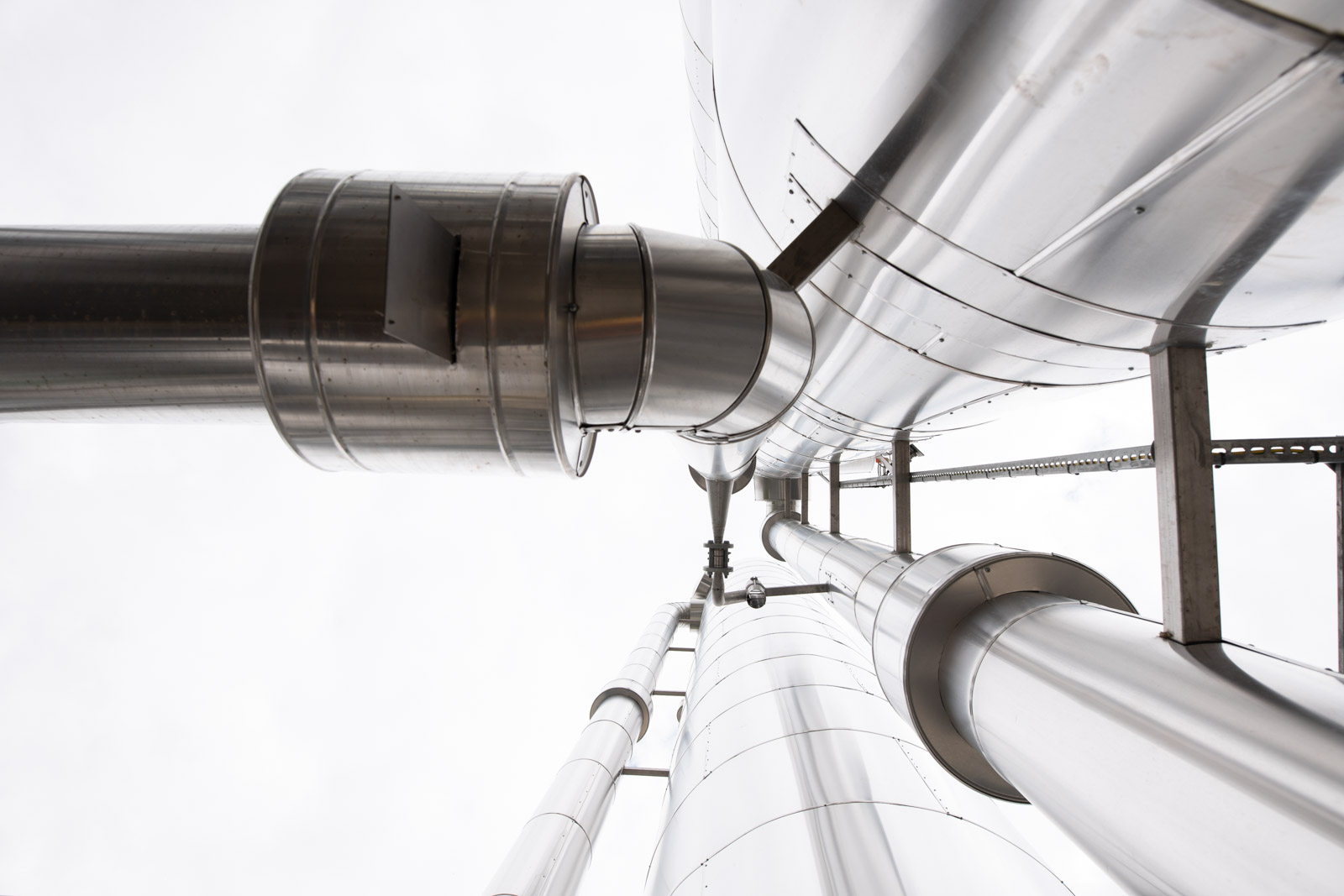
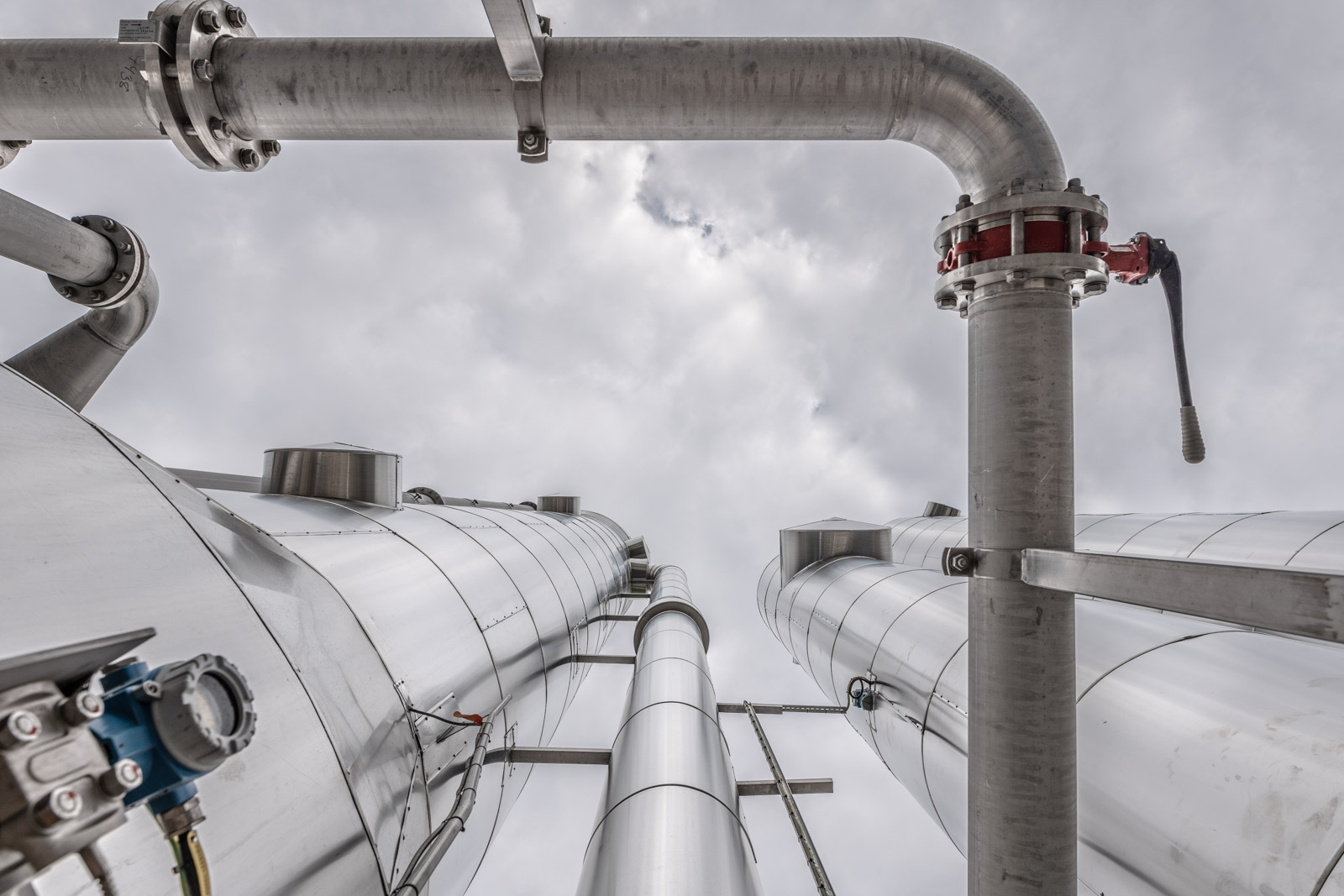
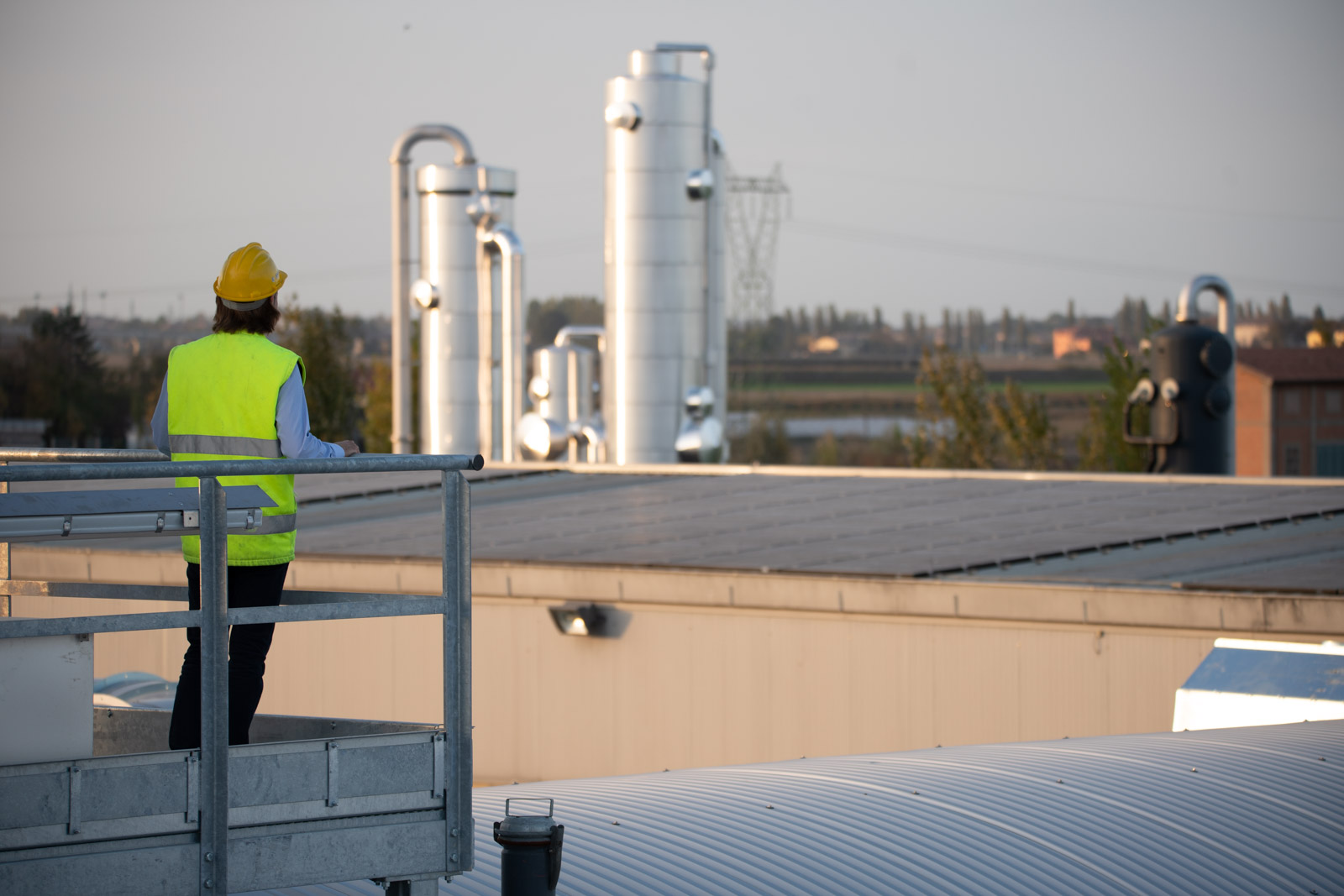
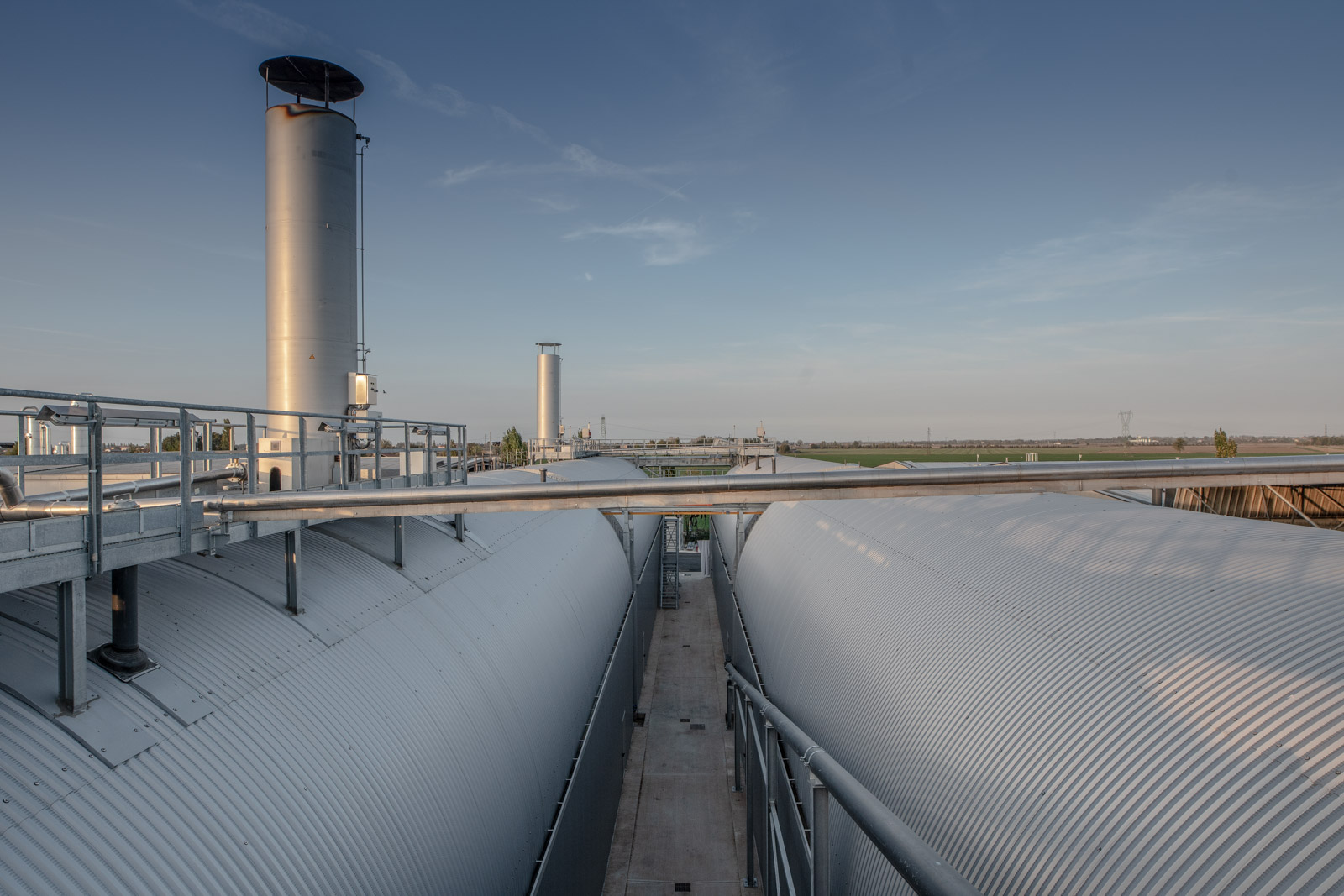
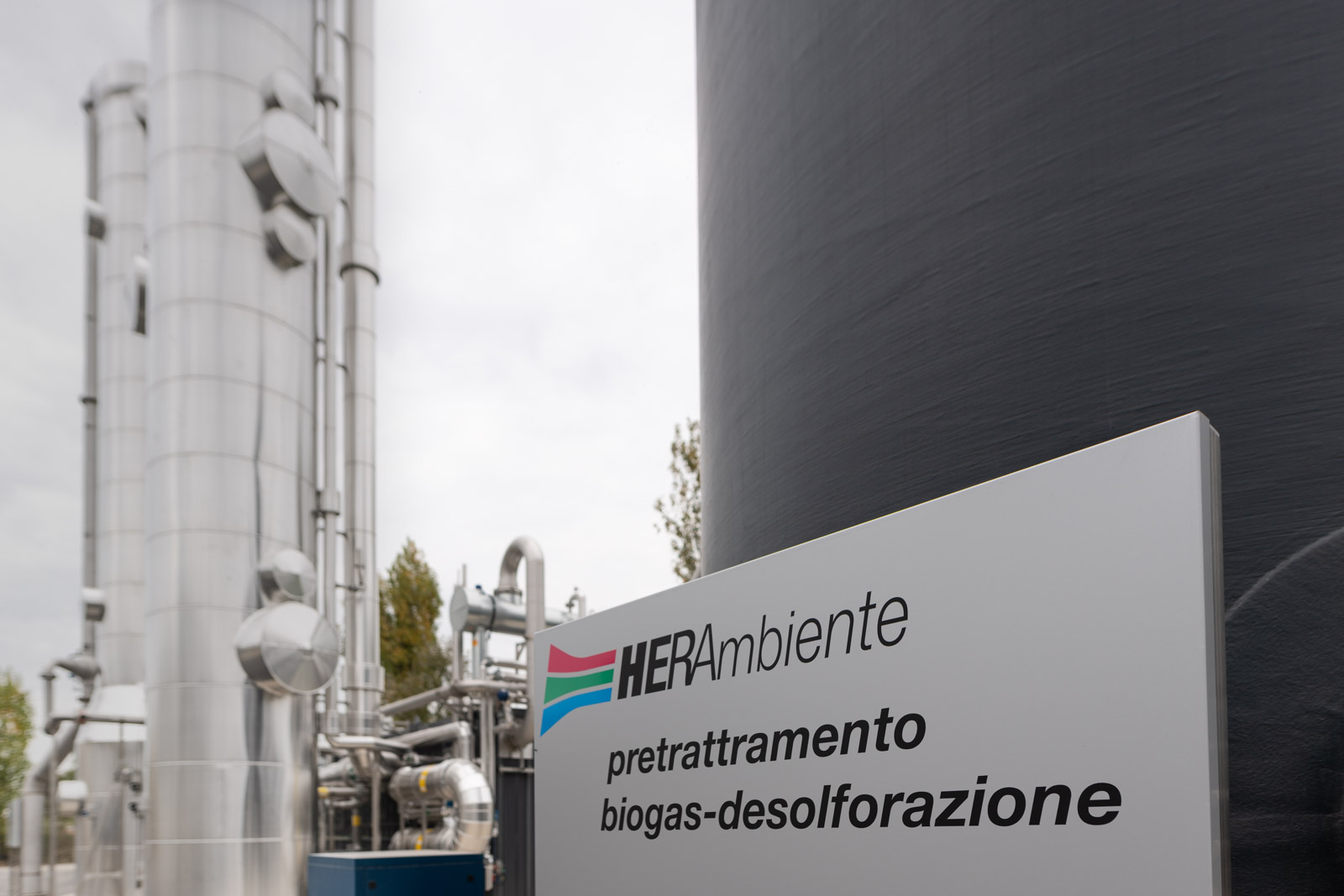
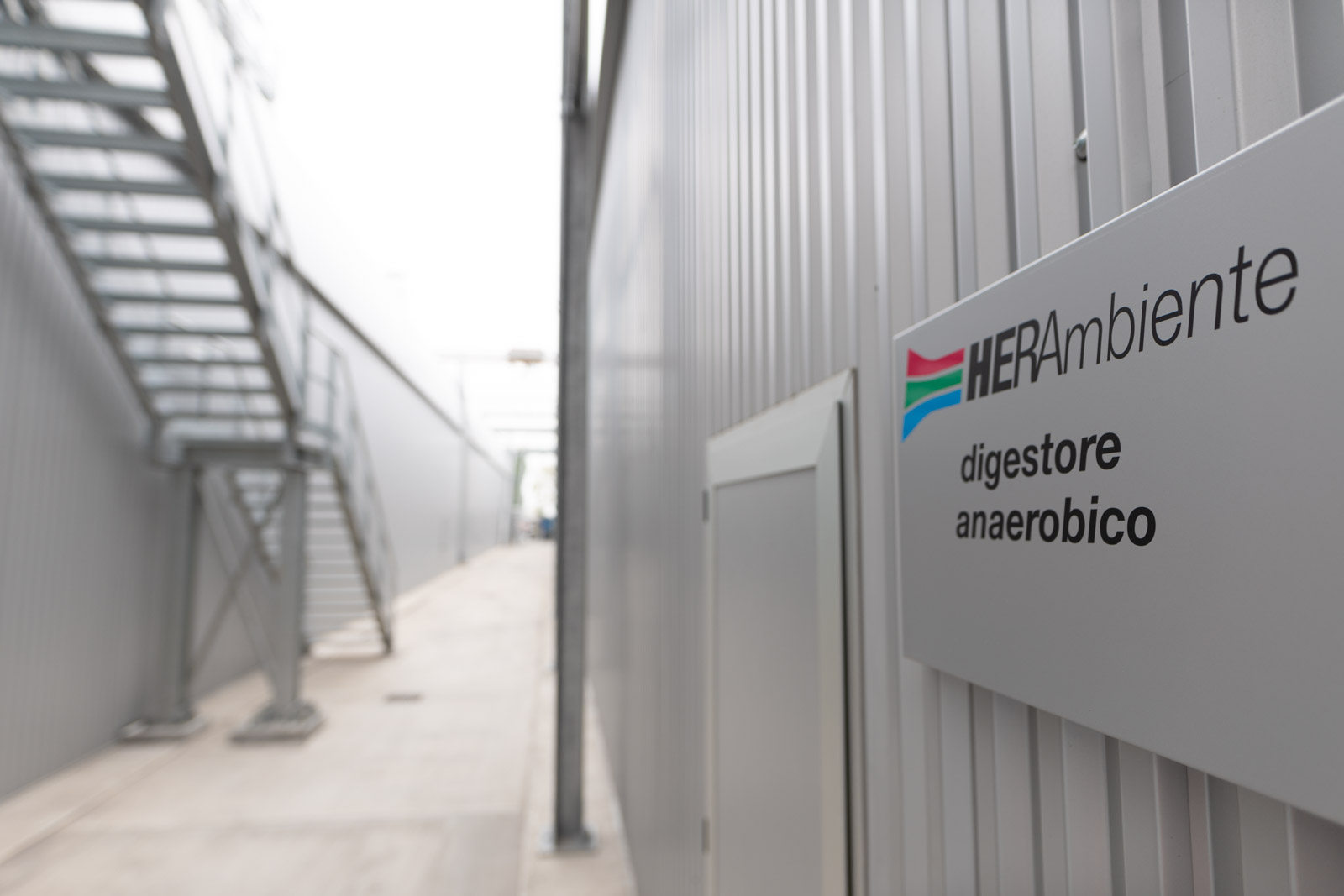

Search Bar
Tag Facet
Search Results
Asset Publisher
Creating shared value report 2024

.jpg/ec5b088f-780f-ff81-0bd7-652fdd1609b8)

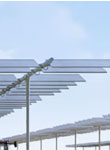
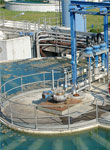
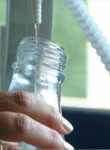
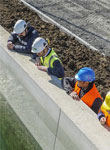
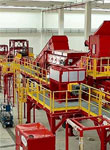


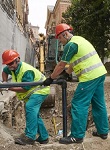
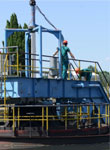
.jpg/5c532605-0938-031b-74ff-89388f7410d3)

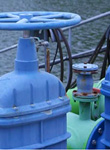
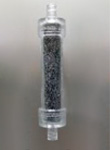
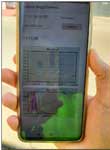
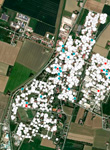
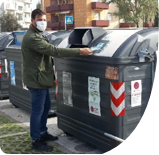
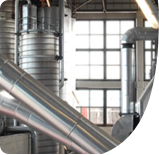
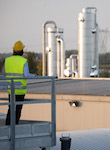
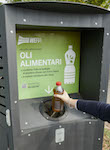
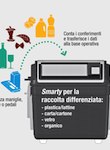
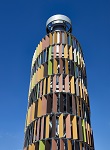

.jpg/468d051b-ba80-83a6-359d-7ef55eefd940)